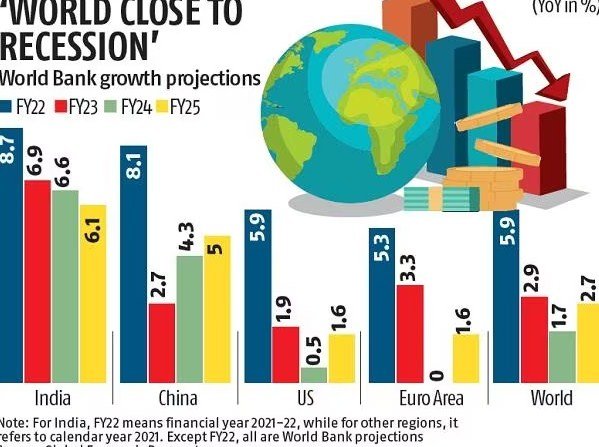India is attracting the attention of global banks as a potential growth market, especially in the wake of the China-Plus-One strategy that many multinational corporations are adopting. Several foreign banks are expanding their presence and offerings in India, hoping to tap into the opportunities in the private banking, investment banking and asset management segments.
India’s Financial Sector: A Watershed Year
According to a report by finews.com, 2023 is panning out to be a watershed year for India’s financial sector, with numerous industry giants seeking to increase their exposure across various segments. Some of the notable developments are:
- Bank of America, which has its India head office in Mumbai, has doubled the strength of its investment banking team in Bengaluru, India’s unicorn hub, since 2019. The bank is aiming to capture a bigger slice of the start-up space, as many new-age companies are looking for funding and advisory services.
- JPMorgan Chase Bank India, another US banking major, has been steadily expanding its commercial banking practice, serving local mid-cap companies. The bank is also making huge investments in the payments and transaction banking vertical, helping its MNC and e-commerce clients to better manage their cross-border flows and digitise their operations.
- Deutsche Bank Group, Germany’s largest bank, recently launched its IFSC Banking Unit or IBU in Gujarat’s GIFT City, the country’s first International Financial Services Centre (IFSC). The bank hopes to leverage the tax and regulatory benefits of the IFSC to offer competitive products and services to its clients.
- HSBC India, whose parent is headquartered in London, is trying to be a “more Indian” bank, according to CEO Hitendra Dave. The bank is in the midst of significant customer acquisition across all segments, and is spending money to attract customers. The bank also wants to grow its balance sheet and become a much more Indian bank.
- Standard Chartered Bank, another British major, is eyeing a bigger share of the retail space, especially with the exit of Citi. The bank is focusing on offering digital solutions and personalised services to its customers.
India’s FDI Inflows: A Record High
The interest of global banks in India is also reflected in the record foreign direct investment (FDI) inflows that the country received in FY22. According to government data, India attracted $83.57 billion through FDI in FY22—a 20-fold rise compared to $4.3 billion in FY04. The FDI inflows were driven by sectors such as services, computer software and hardware, telecommunications, trading and construction.
The FDI inflows also indicate that many multinational corporations are looking at India as a hub in the light of reducing dependency on China. The China-Plus-One strategy refers to the diversification of supply chains and markets by MNCs away from China, due to factors such as trade tensions, rising costs and geopolitical risks. India offers several advantages for MNCs such as a large domestic market, a young and skilled workforce, a stable democracy and a reform-oriented government.
India’s Banking Sector: Challenges and Opportunities
While global banks are betting on India as a growth market, they also face several challenges and opportunities in the country. Some of the key issues are:
- Competition: Global banks have to compete with domestic banks, both public and private sector ones, which have a larger network, customer base and market share. Global banks also have to contend with new entrants such as fintech firms, digital banks and non-bank financial companies (NBFCs), which are offering innovative and disruptive solutions.
- Regulation: Global banks have to comply with various regulations and norms imposed by the Reserve Bank of India (RBI), the central bank and the regulator of the banking sector. Some of these regulations include priority sector lending targets, branch licensing rules, capital adequacy requirements and foreign ownership limits. Global banks also have to navigate the complex tax and legal environment in India.
- Innovation: Global banks have to constantly innovate and adapt to the changing needs and preferences of their customers, especially in the digital age. Global banks have to invest in technology, data analytics, cybersecurity and customer experience to stay ahead of the curve. Global banks also have to collaborate with fintech firms, start-ups and other ecosystem players to offer value-added services.
Global banks are optimistic about India’s growth potential and are keen to participate in its economic development. By offering their global expertise, local knowledge and diversified products and services, global banks hope to create value for their customers, shareholders and stakeholders.

